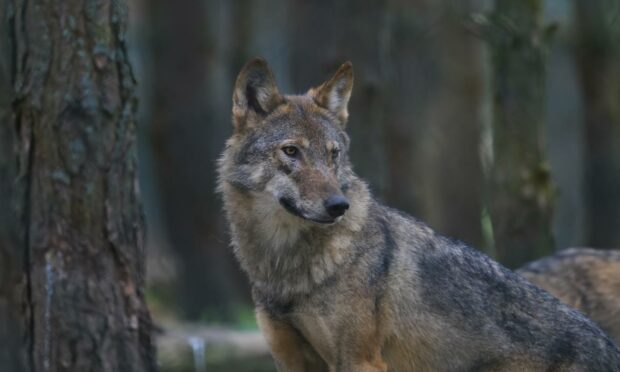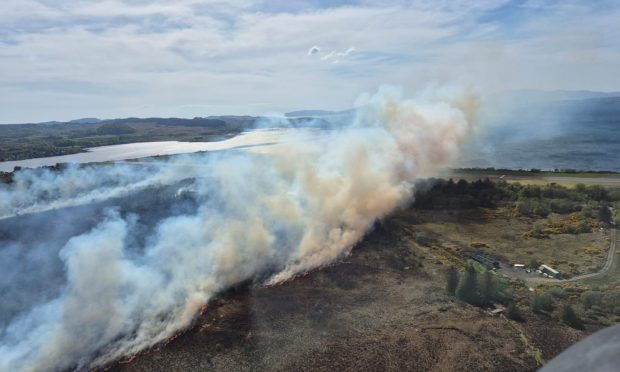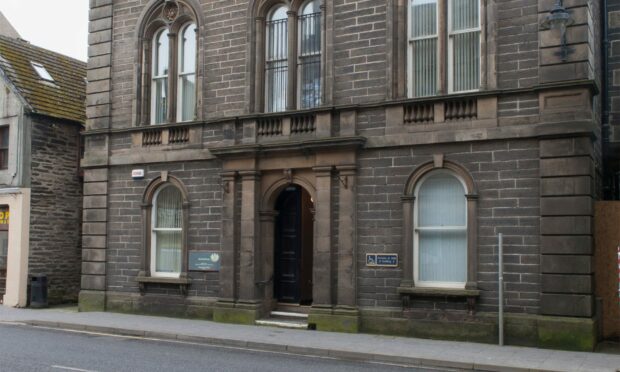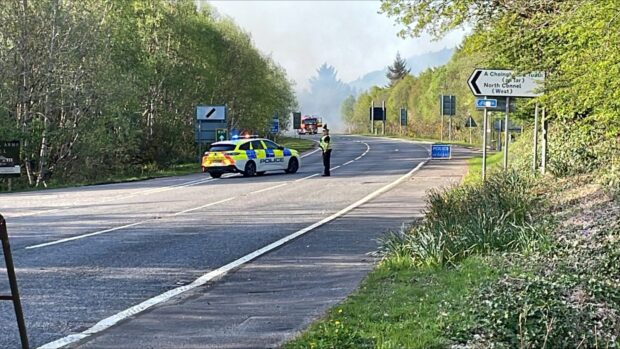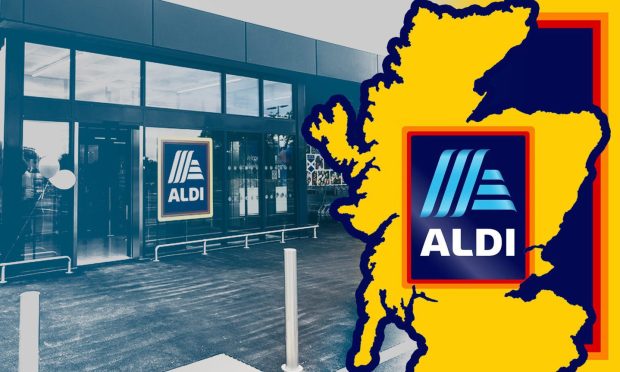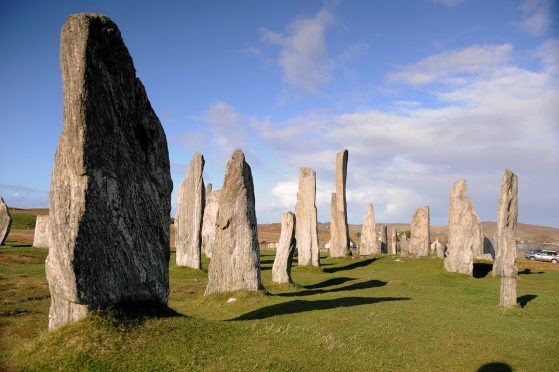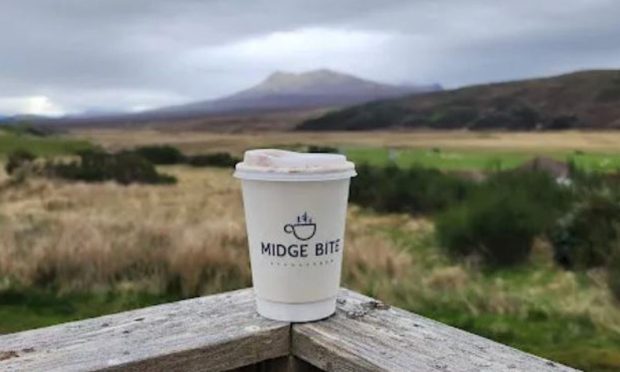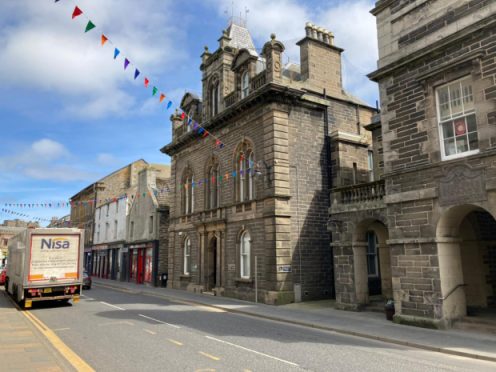Could wolves be reintroduced in the Highlands?
A new BBC Alba documentary includes claims that the animals should be part of a ‘wilderness reserve’ that could extend from the Black Wood in the north and as far west as the Black Mount, Glen Orchy, and right over to Loch Awe and Loch Etive.
Am Madadh-Allaidh airs on Tuesday October 3 and explores the ‘rise and fall’ of the wolf, which became extinct in Scotland in the 1600s.
Many places throughout the Highlands are claimed to be where the last wolf was killed.
The controversial plan for them to return is suggested by nature writer Jim Crumley, who believes that “everything in nature can make sense if a wolf is in place” and says humans now have taken on the role of managing deer numbers.
He states: “By having them in the middle of the country it would allow the whole population to engage with them and to feel a part of a process that would say these are our wolves, the middle of the country is the place to put them.”
Calls to place wolves in the Scottish Highlands
However many disagree with Crumley’s theory, including Dr Andrew Kitchener of the National Museum of Scotland.
He says: “There are cultural issues, the big bad wolf, but also there are real conflict issues with them potentially preying on livestock.”
It comes after new carbon dating of a wolf bone found in the Highlands.
It was found to be over 6,200 years old.
